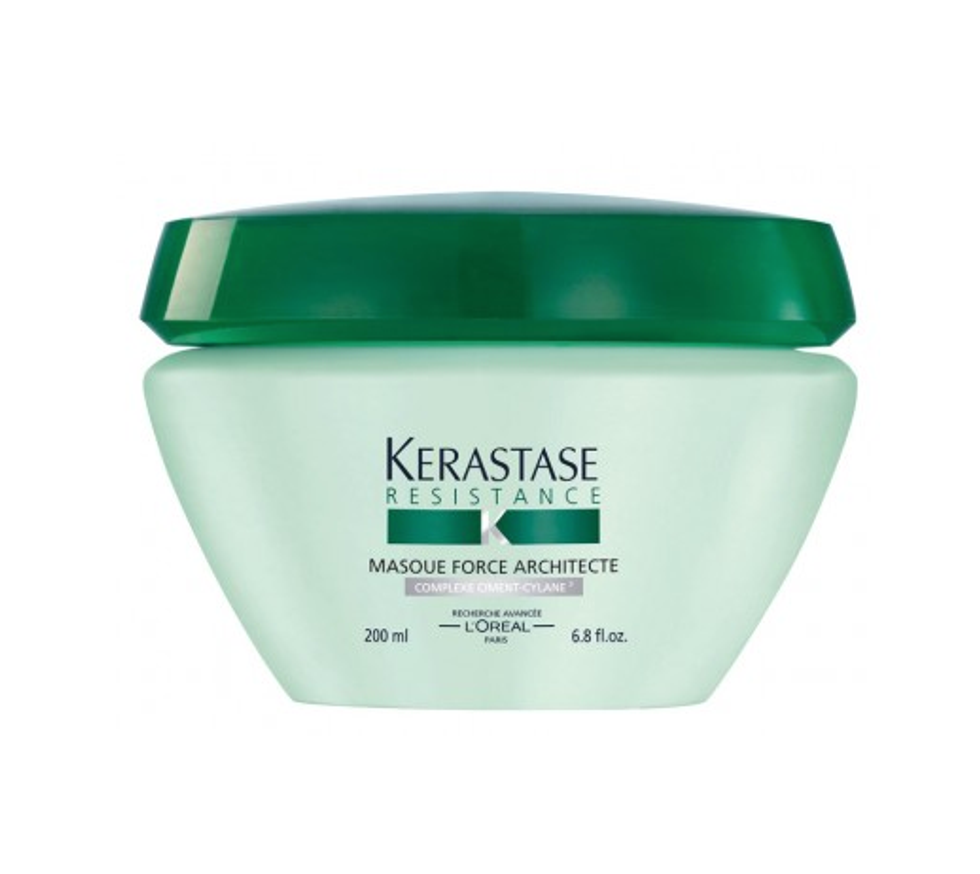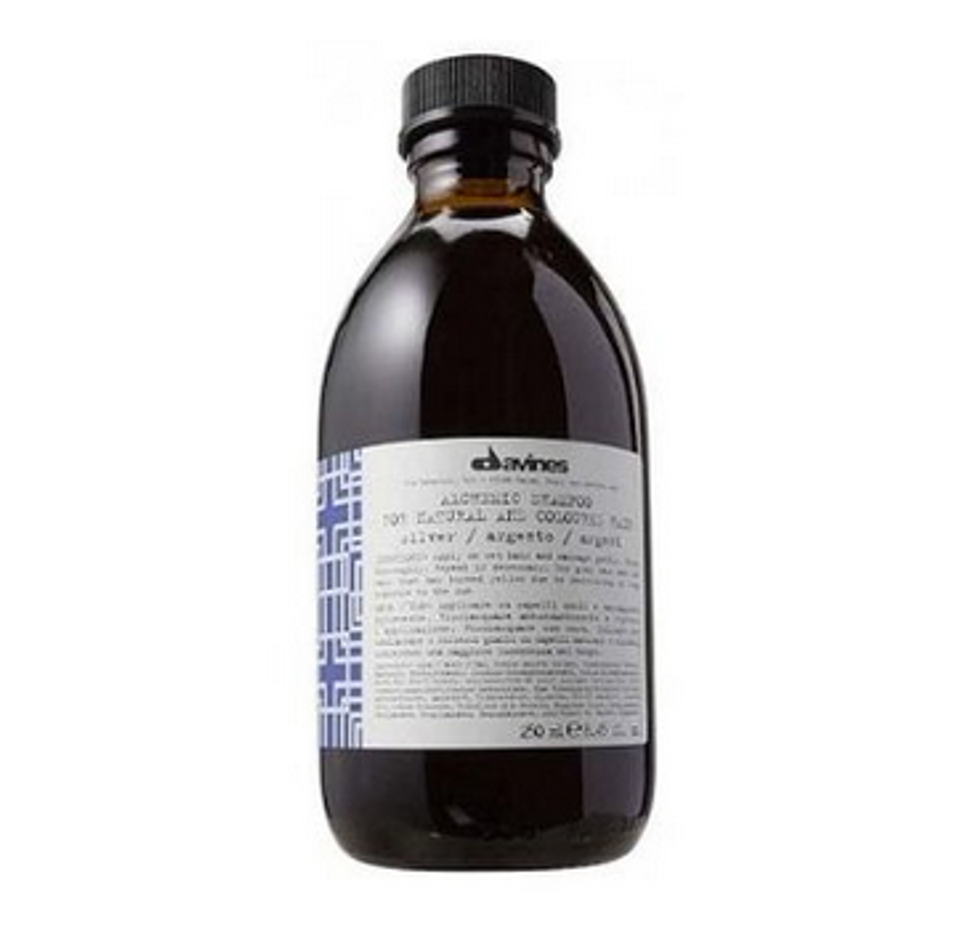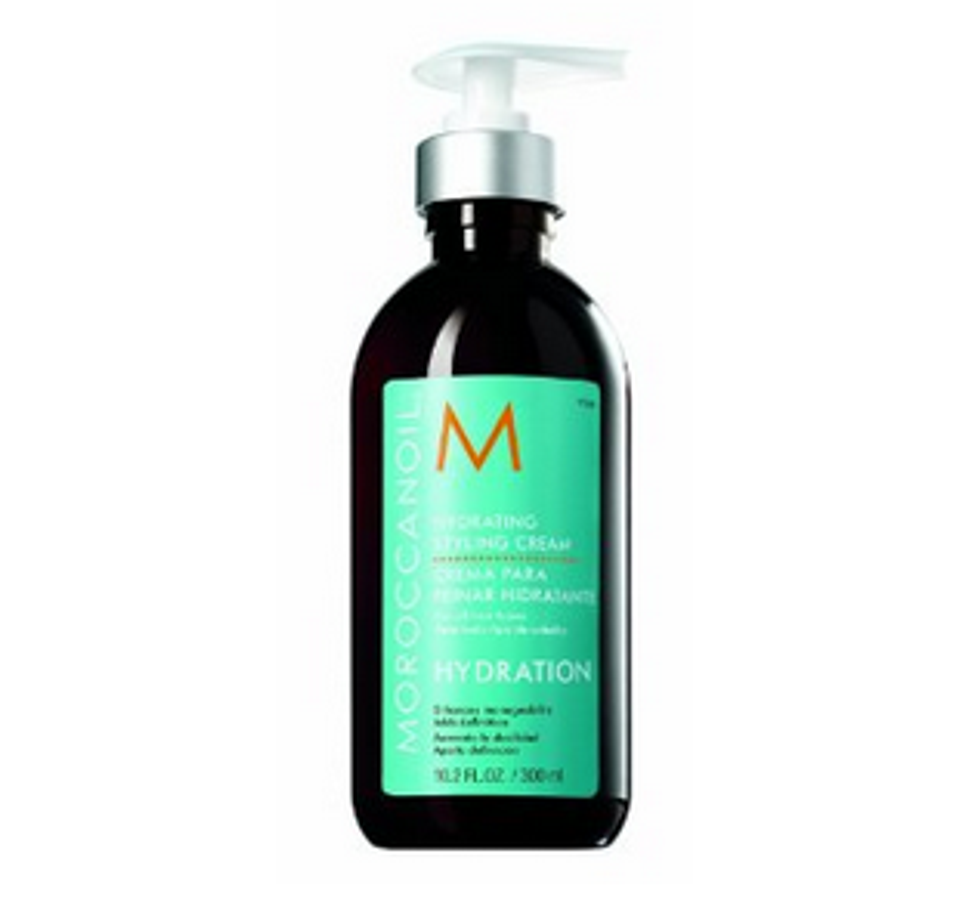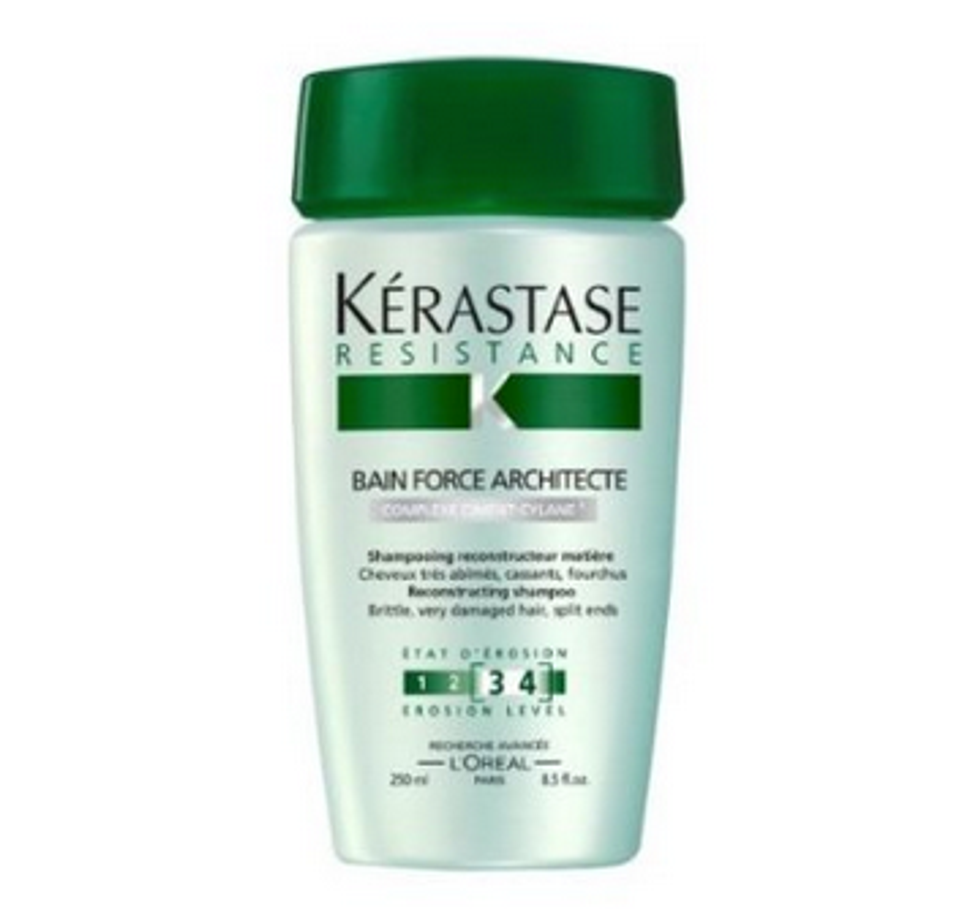Banishing Brittle Hair: A How-To
Because if anyone knows how to save hair texture, it's the colorist behind Riff Raff's hair.
21 November, 2014
Hair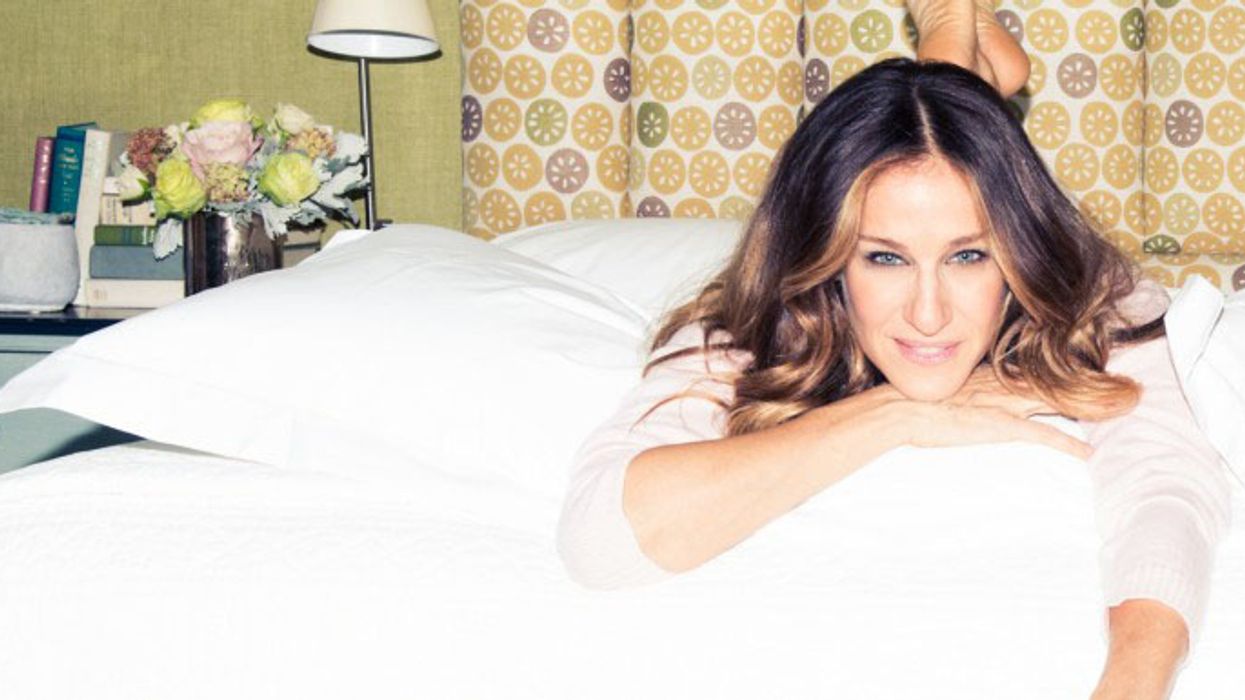
10 November, 2021
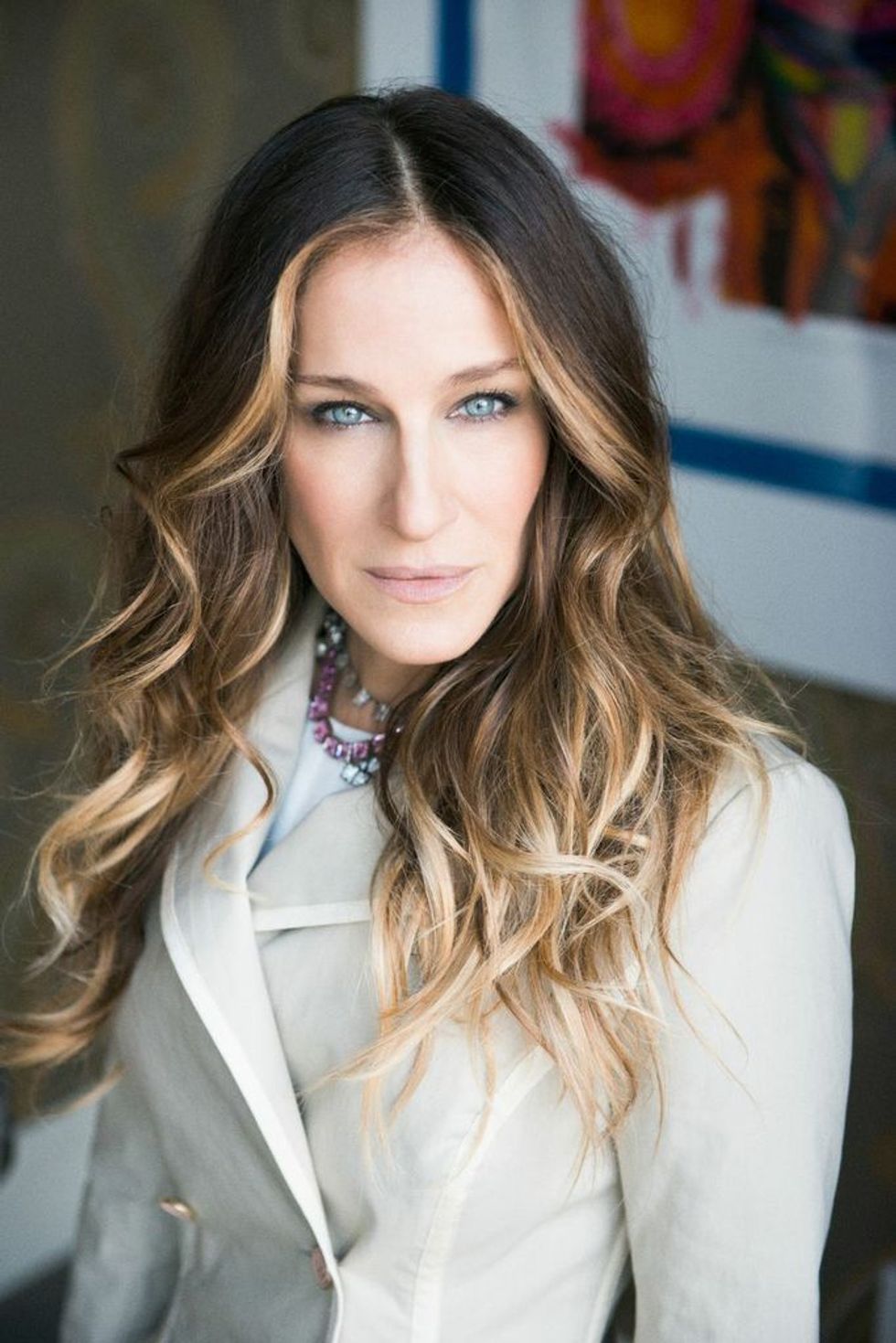
Ombre. Balayage. Chalking. Even old-school highlights. The seemingly endless barrage of options at womankind's collective, manicured, fingertips allows for an entire host of ways for us to dip our toes in the proverbial water that is hair color. And as any proper peroxide junkie or toner addict can attest, the lifecycle of a dye job is not unlike that of a roller coaster. There's the dizzying high when you step out of the salon after several hours roasting under dryers and heat, with your hair left foiled and cooking in various chemicals, and the terrifying lows with the first hint of brassiness or fading; the desperation that leads you to attempt a DIY job the night before a job interview, manically Googling in what exact order you're supposed to apply each solution. And even for those of us who don't quite have the same dramatic relationship with hair color, there's one inevitable, inescapable truth that pervades even the most innocuous, subtle forays into playing with your shade: the number it does on your texture.
Whether you're going bone-white or bringing things down to something more subdued, color, well, sucks the life out of your hair. And in an effort to quell that, we e-mail harassed (sorry not sorry?) Justine Marjan (Editorial Director at Mane Addicts) and Daniel Moon (colorist at Andy LeCompte to everyone from Grimes to Riff Raff to Brooke Candy) with our texture-saving questions. Here's what they had to say...
Whether you're going bone-white or bringing things down to something more subdued, color, well, sucks the life out of your hair. And in an effort to quell that, we e-mail harassed (sorry not sorry?) Justine Marjan (Editorial Director at Mane Addicts) and Daniel Moon (colorist at Andy LeCompte to everyone from Grimes to Riff Raff to Brooke Candy) with our texture-saving questions. Here's what they had to say...

1.
"The hair shaft is made up of many layers: the cuticle, cortex, and medulla; much like the layers of an onion, but so so tiny. Every time you color your hair, you open one of the layers of the onion and expose it, making it much more vulnerable to damage from overexposure to the sun, heat, and styling." - Justine Marjan
2.
"One can minimize the damage done from hair color by making sure to see a professional for your color services! A trained colorist will be able to customize your formula to do the least damage possible, while the boxes at home are 'one size fits all' and can be too harsh for most people's hair. After your color service, make sure to use a high quality color protecting shampoo and conditioner (we love Davines Alchemic Shampoo and Conditioner). If you want to DIY it, a vinegar rinse helps close the cuticle layer of the hair, restoring softness and shine." - Justine Marjan
3.
"If your hair has been fried from over processing, ask your colorist about Olaplex! It's an amazing add on service that can truly restore even the most unruly hair. You can also be sure to use lots of moisturizing products at home and avoid products with added keratin. Keratin can oftentimes be too heavy for hair that is over processed from color services, causing it to feel even more dry and brittle. We love the Moroccan Oil Leave In Cream for intense hydration at home." - Justine Marjan

4.
"When it comes to lightening your hair with bleach, hair texture can change drastically. Natural pigment is pulled out of the hair, which essentially changes the hair structure. Hydration is key, so it's best after a color treatment to make restoring moisture a priority. I recommend unrefined coconut oil as a hair masque once a week the night before shampooing. My favorite products are Kerastase Résistance Bain Force Architecte and Cement Résistance Ciment Anti-Usure for shampoo and conditioner. The Kerastase Résistance Masque Force Architecte is amazing as well." - Daniel Moon
